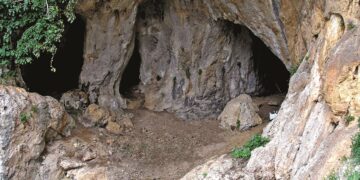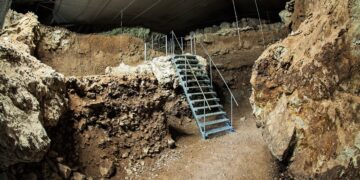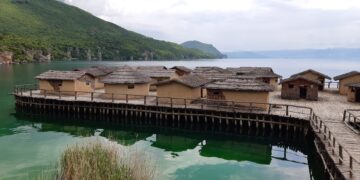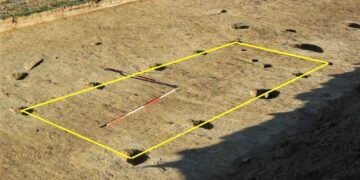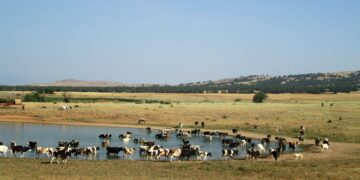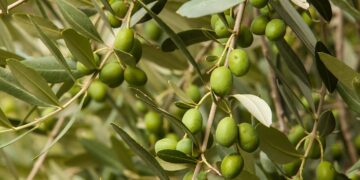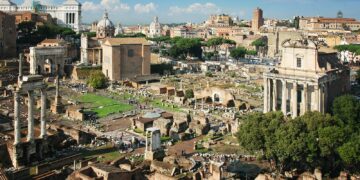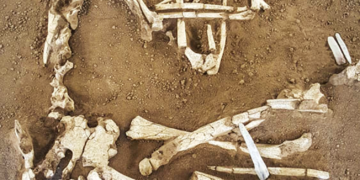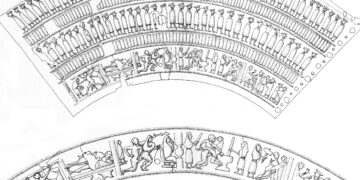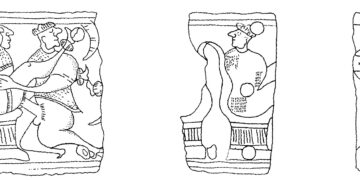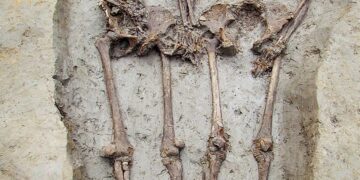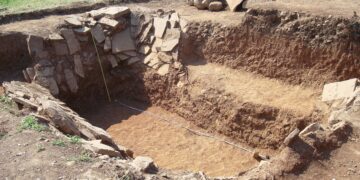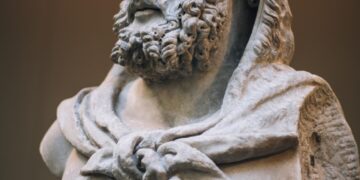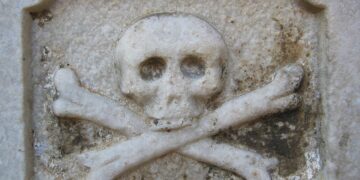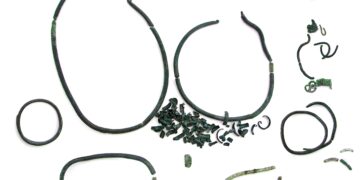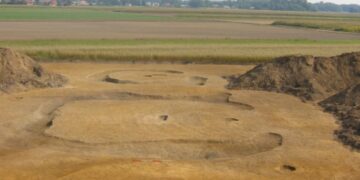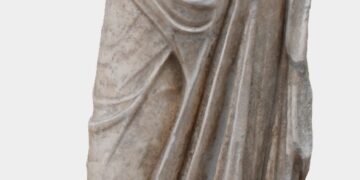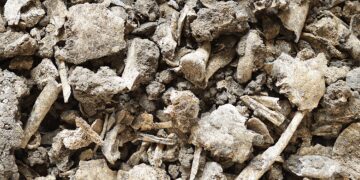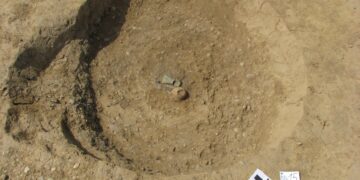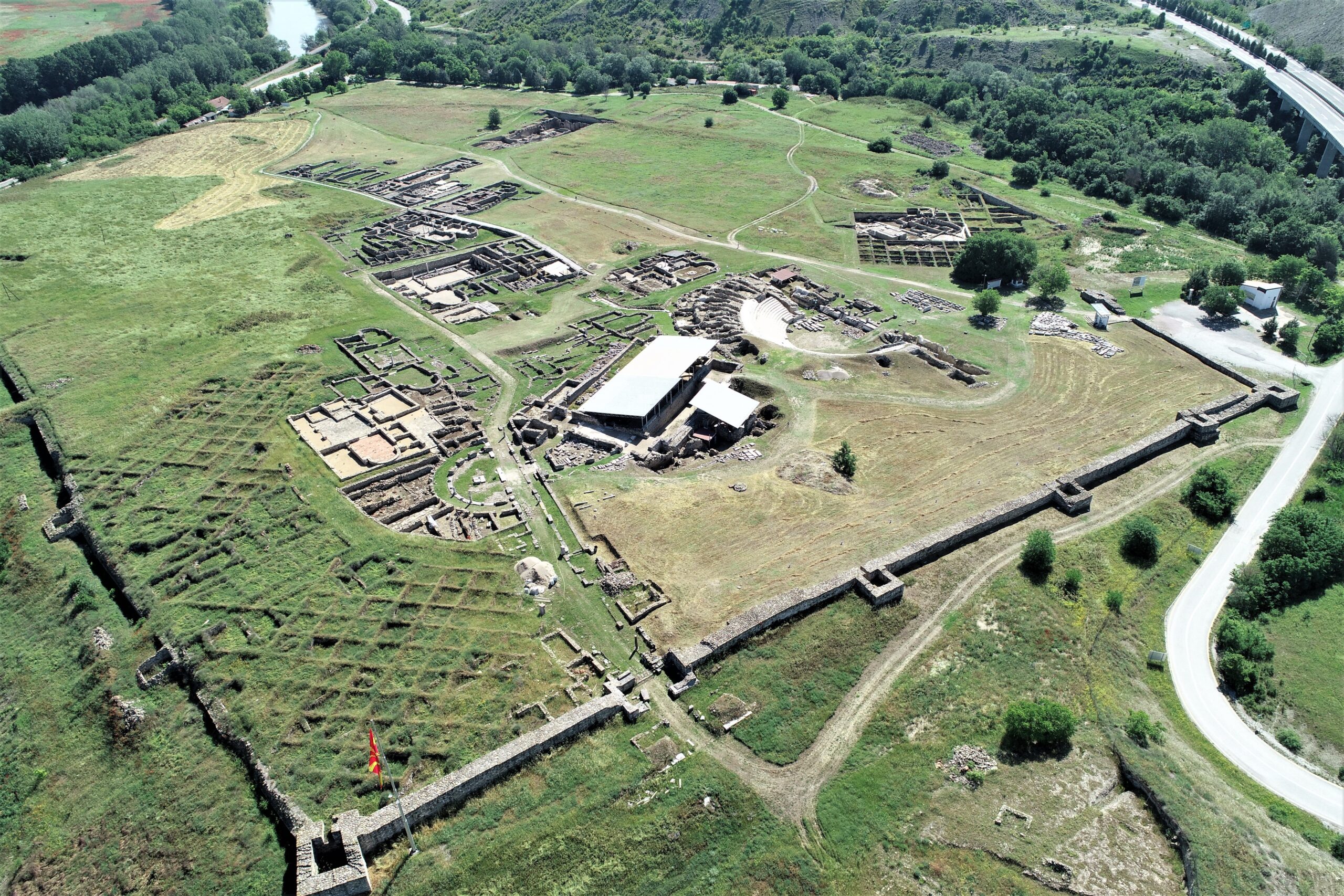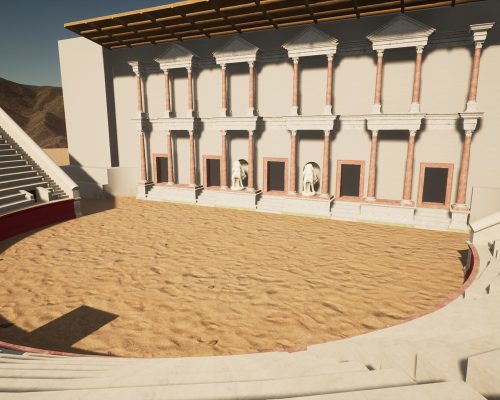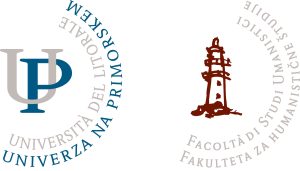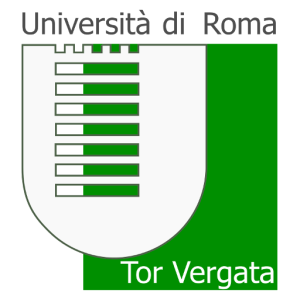Today the ancient city of Stobi is one of the most important archaeological sites in Northern Macedonia. It is located in a strategic position on the estuary mouth of the river Crna in the river Vardar. It is of major importance for Balkan archaeology since research there started already in the 19th century, while systematic research is conducted for almost 100 years. So far, around 20% or one-fifth of the city, which is located on an area of 24 hectares, has been researched. The development of the city started already in the Archaic period when it was a Paeonian settlement. For its development was important its strategic position on the confluence of rivers in a corridor connecting south and north, but perhaps most important was the presence of a lucrative source of marble on the nearby Mount Klepa. It became a Roman municipium in the 1st century AD and started even to mint its own coins. The rise continued ant it became the capital of the Roman province Macedonia Salutaris.
Its importance is documented by the numerous public buildings presented on the archaeological monument – among them is perhaps the most important, but definitely most attractive the complex of the Episcopal Basilica. Although the city was sacked by the Ostrogoths, the city was rebuilt. Its final demise came with the fateful earthquake in 518 followed by the Avaro-Slavic invasion. In the end, we can mention also that the image of a peacock from the baptistery’s mosaic floor is depicted on the Macedonian 10 denars banknote and coin.

